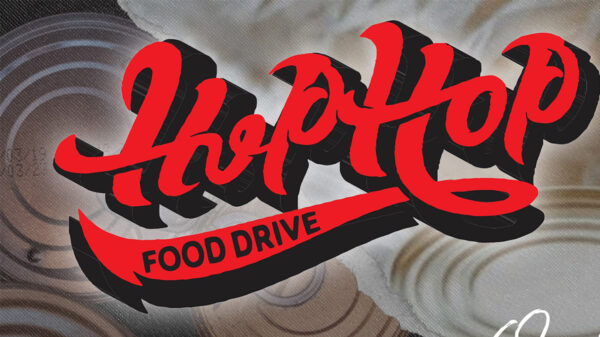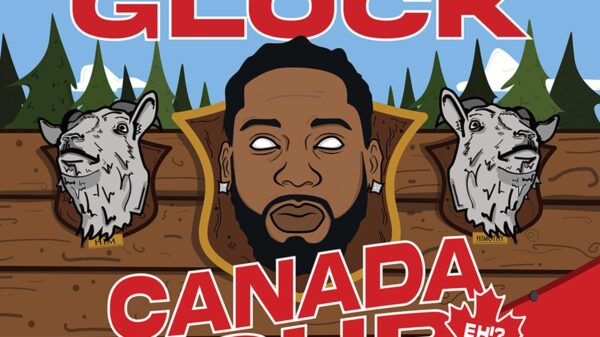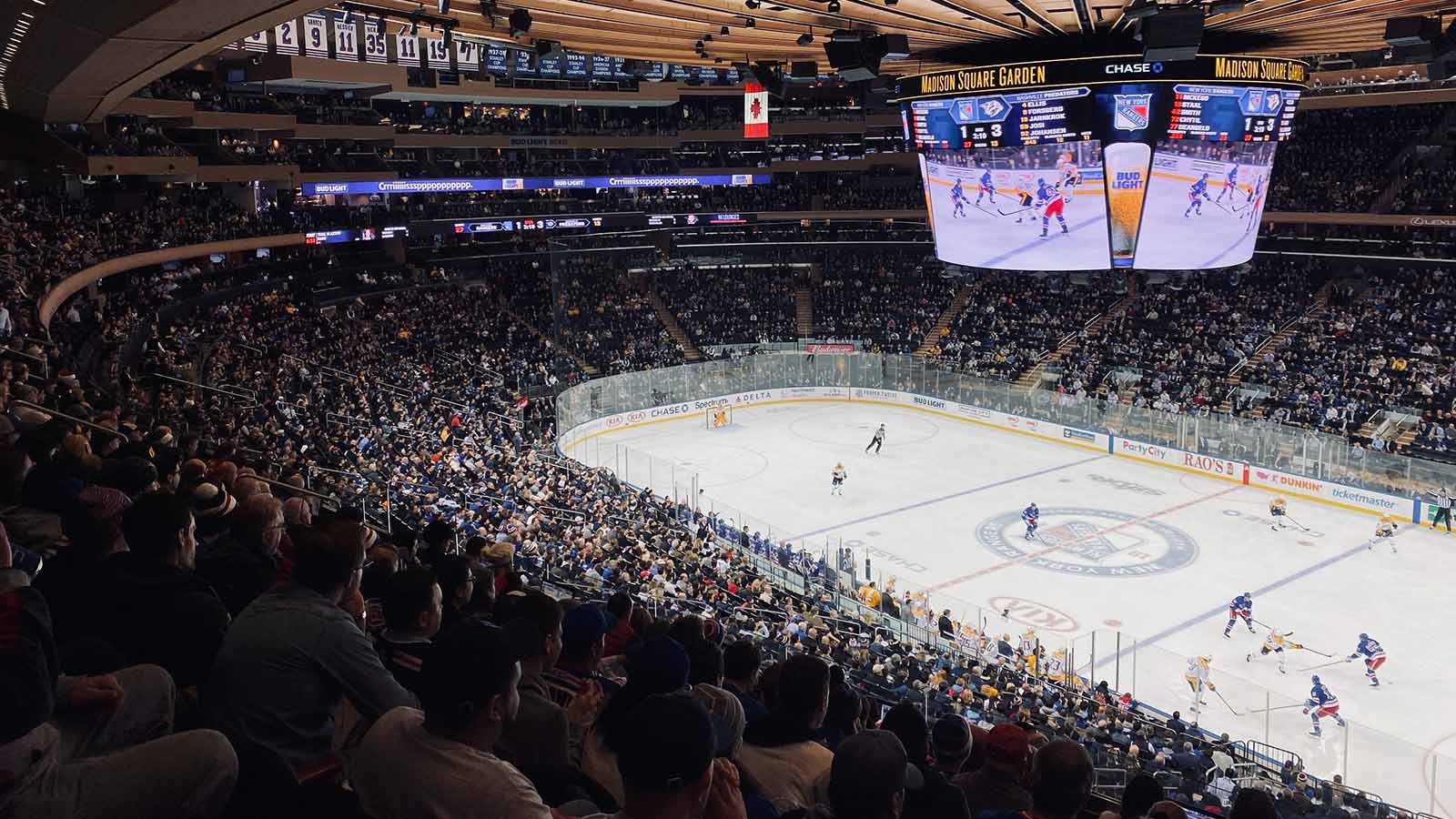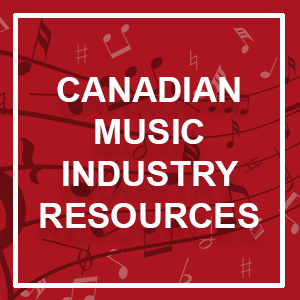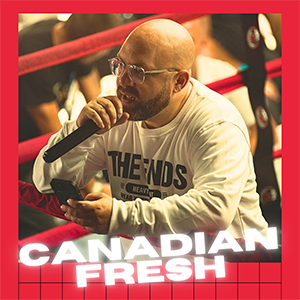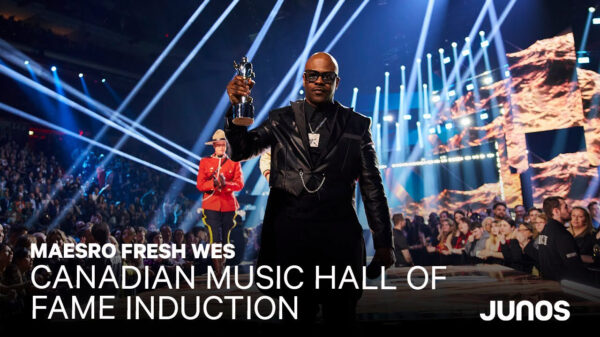Hockey is supposed to be Canada’s game. Yet the last two Canadian-based NHL teams in the Stanley Cup playoffs, the Toronto Maple Leafs and the Edmonton Oilers, have been eliminated from the tournament. This lengthens the three-decade drought since a Canadian team won the Stanley Cup.
The Vegas Golden Knights, Dallas Stars, Florida Panthers, and Carolina Hurricanes made it to the final four teams vying for the Stanley Cup. For the first time in NHL history, the final four are located in the U.S. Sun Belt in places Canadian snowbirds usually go to escape the snow and ice, not play on it.
The Florida Panthers will play against the winner of the Western Conference Final for the Stanley Cup. What does the success of these teams mean for the NHL? And should Canadian hockey fans be frustrated with the success of non-traditional hockey markets at the expense of Canadian teams?
The NHL expands southward
The fact that the final four teams are from non-traditional markets in the United States represents a success for the NHL’s Sun Belt expansion strategy. The plan was to seek new revenue by expanding the game to large U.S. cities with no hockey history.
NHL superstar Wayne Gretzky’s 1988 trade to Los Angeles was the perfect catalyst to start the expansion strategy. The addition of the San Jose Sharks in 1991 as an inter-state rival to Gretzky’s Kings began this process. Next were new teams in Tampa Bay, Miami and Anaheim. The Winnipeg Jets moved to Phoenix, and the Hartford Whalers to North Carolina.
Additional NHL teams were added in Nashville, Atlanta (since moved to Winnipeg) and Columbus, Ohio. The NHL targeted these unlikely destinations while ignoring Canadian markets like Québec City and Hamilton despite research suggesting Canada could support more franchises. The team in Minnesota was moved to Dallas, and an expansion team was added in Las Vegas, resulting in more teams being based in the U.S. Sun Belt than Canada.
The Sun Belt expansion strategy was not without its problems, and some argued that strong markets in Canada and elsewhere had to subsidize some of the weaker expansion teams. However, most of these new teams have achieved success.
Since 1993 — the last time a Canadian-based team won the Stanley Cup — Sun Belt teams have won eight times, while Canadian-based teams have lost in the finals on six occasions. Four losses were at the hands of Sun Belt teams: in 2004 Calgary lost to Tampa Bay, the Carolina Hurricanes beat the Edmonton Oilers in 2006, Anaheim defeated Ottawa the following year and most recently Tampa Bay beat Montréal in 2021.
Canadian hockey vs. the Sun Belt
Many Canadians might feel frustrated this year with four unconventional hockey markets left to compete for the Stanley Cup. Disappointment might be made worse by comparing the four U.S. cities left in the playoffs with traditionally hockey-crazy markets like Toronto or Edmonton.
Texas, North Carolina, Nevada and Florida have a combined population of 65 million people — almost ten times the combined population of Edmonton and the Greater Toronto Area (GTA). But according to 2022 USA Hockey registration reports, those four states have less than 50,000 players in organized hockey.
Meanwhile, the GTA alone has more players in hockey. Edmonton, a city of one million people, had 10,000 kids participate in a single minor hockey tournament last year.
Perhaps there are fewer players in the U.S. states because of the dearth of hockey rinks. Texas, North Carolina, Nevada and Florida have fewer than 75 rinks in total. Meanwhile, the GTA and Edmonton have more indoor rinks than each of the four U.S. states.
Fewer players and rinks undoubtedly contribute to the lack of NHL players produced in these four U.S. states. Only 22 players born in the four states have played more than 100 games in the NHL. This compares to the 347 players from the GTA and Edmonton.
Tickets and ratings
It’s not surprising that there are more players and rinks in Canada, but what about fans? Three of the remaining teams in this year’s playoffs are in the cheapest eight NHL markets for tickets. That suggests demand is not driving up ticket prices in these non-traditional markets. Toronto has the league’s most expensive tickets, while small-market Edmonton has the 14th most expensive tickets.
While it is difficult to access television ratings for specific regions, we know that Canadians are hockey consumers. This year, the Toronto-Florida series averaged around 3.5 million viewers in Canada compared to 1.378 million in the U.S. meaning that, per capita, 22 times more Canadians watched the series. The Vegas-Oilers series averaged 1.7 million viewers in Canada compared to less than 1.2 million in the U.S. resulting in almost 13 times more Canadian viewers per capita.
Perhaps Canadians have a right to be disappointed with four non-traditional hockey markets left to battle for the Cup, particularly when comparing hockey culture between the two regions. But as the old adage in sports goes: just wait until next year.
Written by John Valentine, Associate Professor Health & Community Studies, MacEwan University
This article is republished from The Conversation under a Creative Commons license. Read the original article.
![]()
5 Ways to Support HipHopCanada:
- Submit Your Music
- Follow Canadian Fresh (HipHopCanada’s Spotify Playlist)
- Follow us on Instagram
- Follow us on X (Twitter)
- Like us on Facebook


























